IMS UK Demo Van on the road!
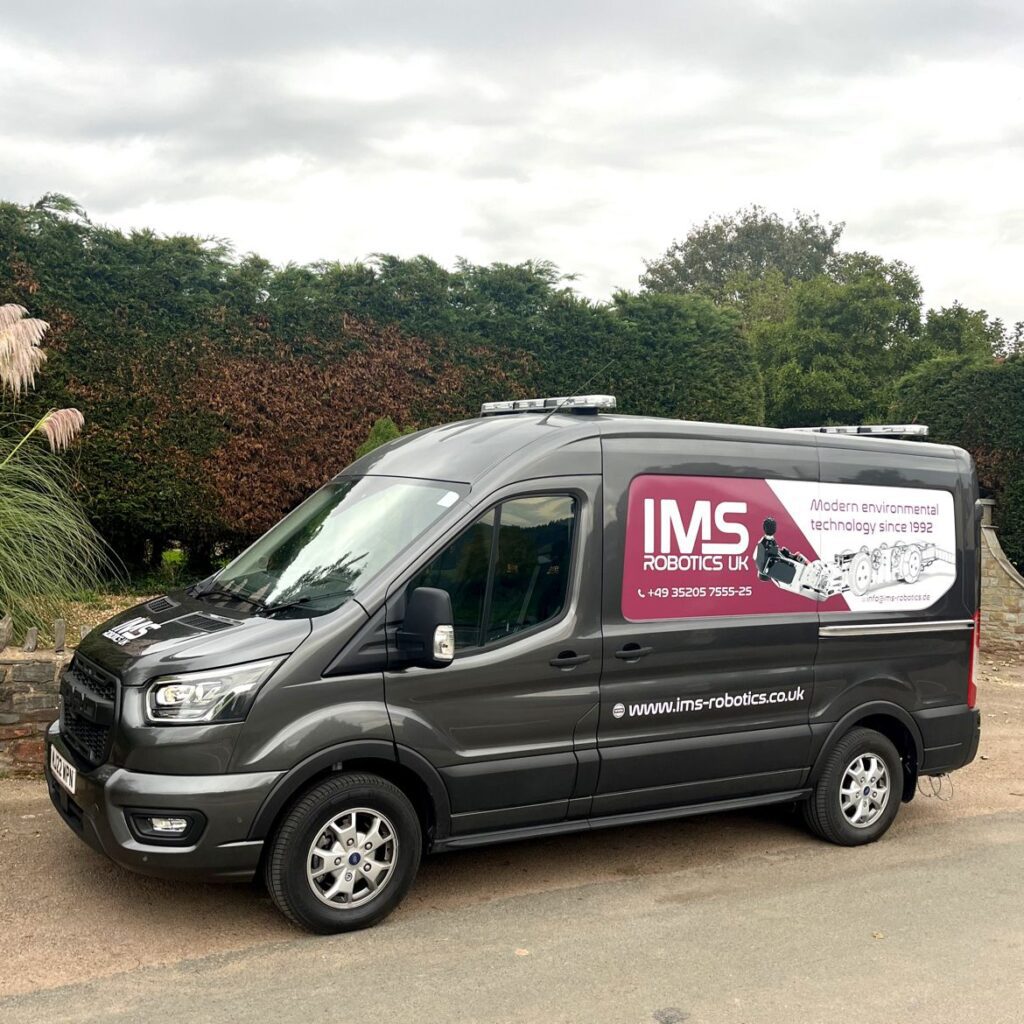
Our Sales Team have been out in the South in the IMS Robotics Group DRIVEplus demo van recently showcasing this outstanding high specification mainline cutting rig with bespoke van fit out 👌🏻 If you would like a demonstration of this latest generation IMS cutting system yourself please reach out to any of the IMS Robotics UK Ltd team! […]
RO-KA-TECH Trade Fair 2023
*IMS UK on Tour! 🚐*
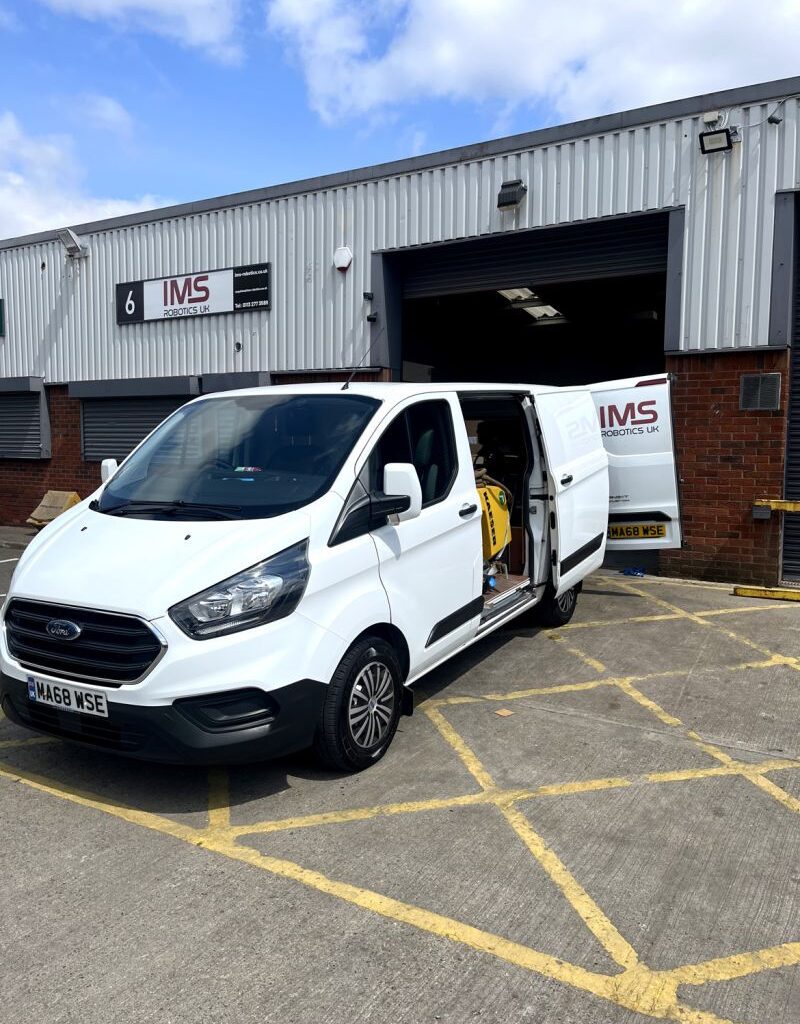
Our Sales Manager John Rose will be visiting Jersey, part of the Channel Islands early next week visiting new and existing IMS Robotics Group customers! If you are based in Jersey and would lik犀利士 e a visit from John next week to discuss all of our Trenchless Technology solutions and innovations please just let our team know! 👍🏻 #IMSUK#IMSGroup#Jersey#IMSOnTour#TrenchlessTechnology#Innovation
Advantages of Drain Relining
There are many advantages of drain relining some more obvious than others so come and check them out. Damaged drain pipes are a common problem but also a problem that can go unnoticed until it’s too late. Leaky drain pipes are tricky to detect, and by the time they are noticed, the damage to the […]
Different Types of Trenchless Rehabilitation
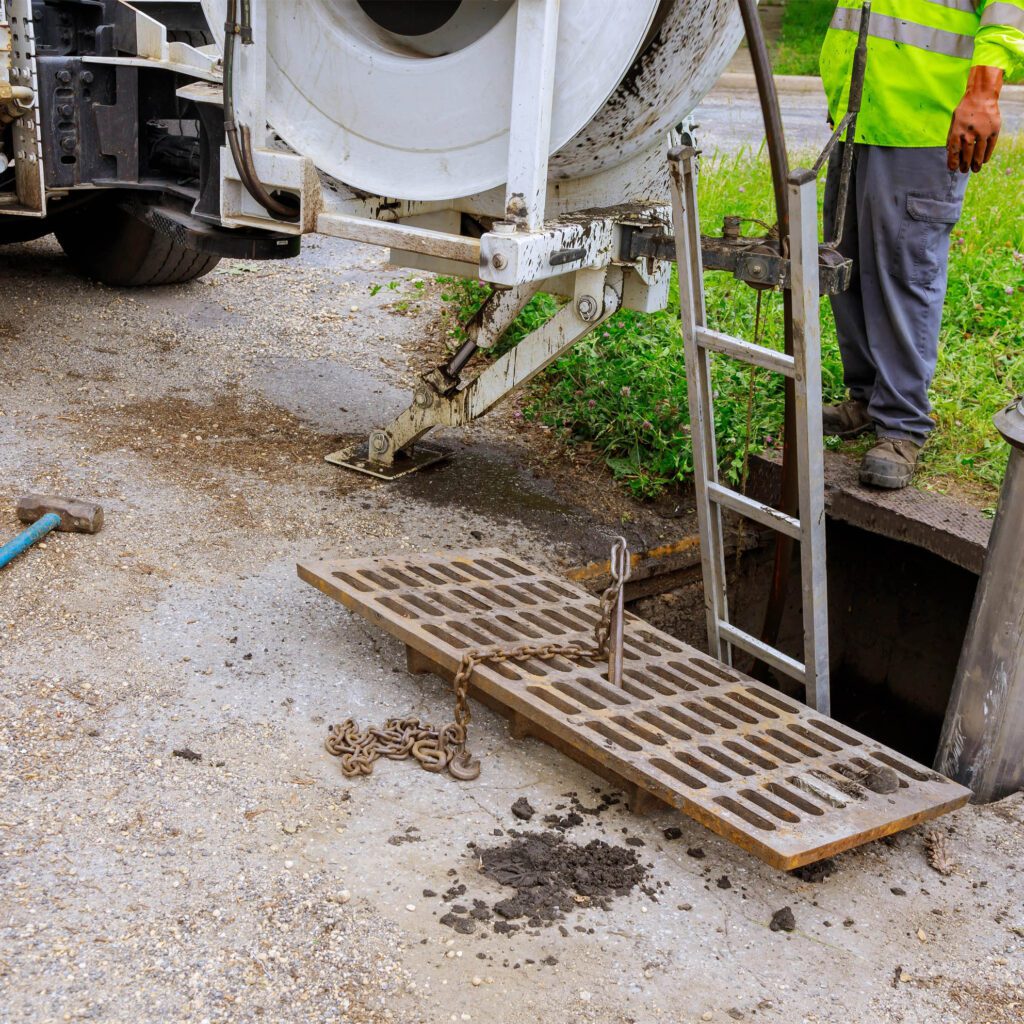
Trenchless rehabilitation is an amazing process not involving digging things up but whenever people think of sewer rehabilitation, they think of dug-up areas, whether roads, gardens, or pavements. It’s not only a time-consuming job but a disruptive and costly one, as damaged or broken pipes would need to be excavated along the entire length of […]
Most Common Drainage Issues in the Commercial Industry
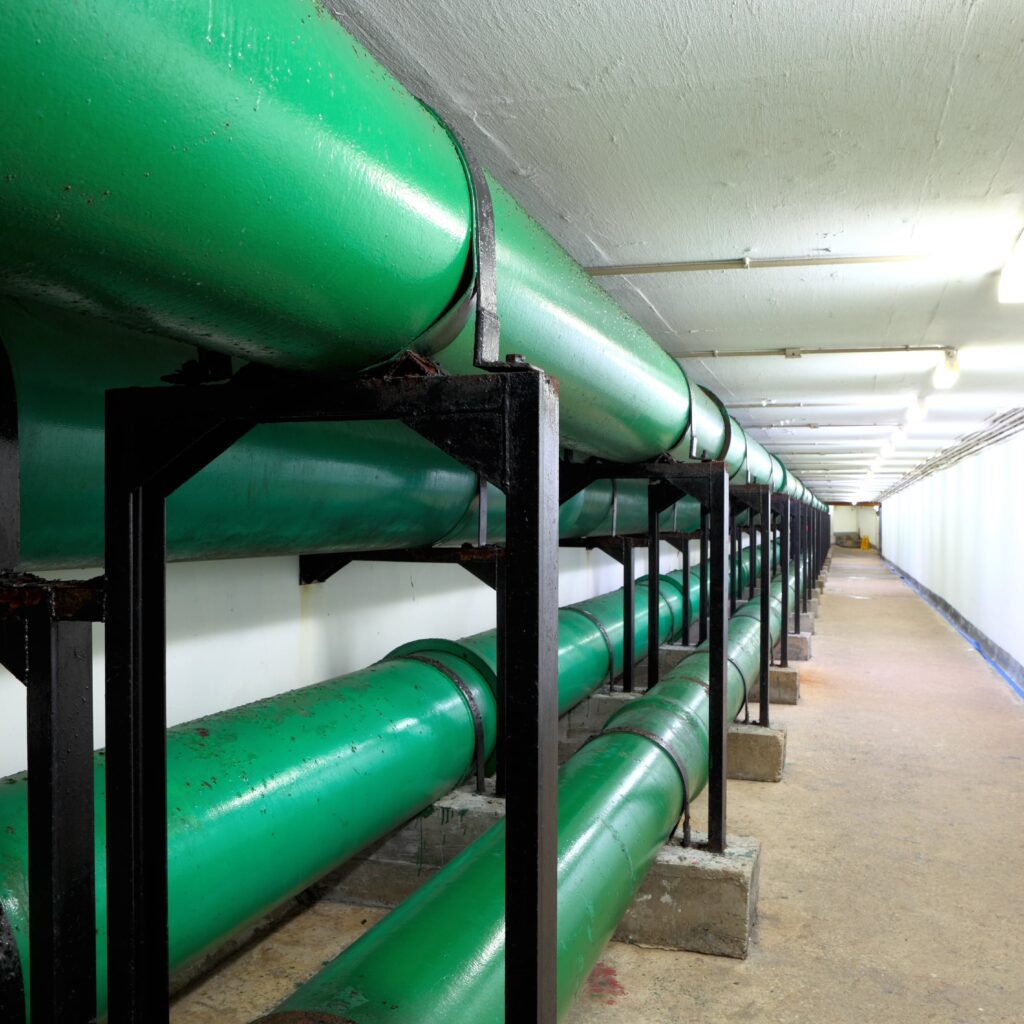
When it comes to commercial business premises, drainage problems can be a much bigger problem compared to domestic drainage problems. Commercial drainage issues can be a severe and expensive issue. Below are some of the most common drainage issues in the commercial industry. Food, Grease and Fatbergs For those commercial kitchens, food debris, fat, grease […]
Robotic Cameras – How they can make drain surveys easier
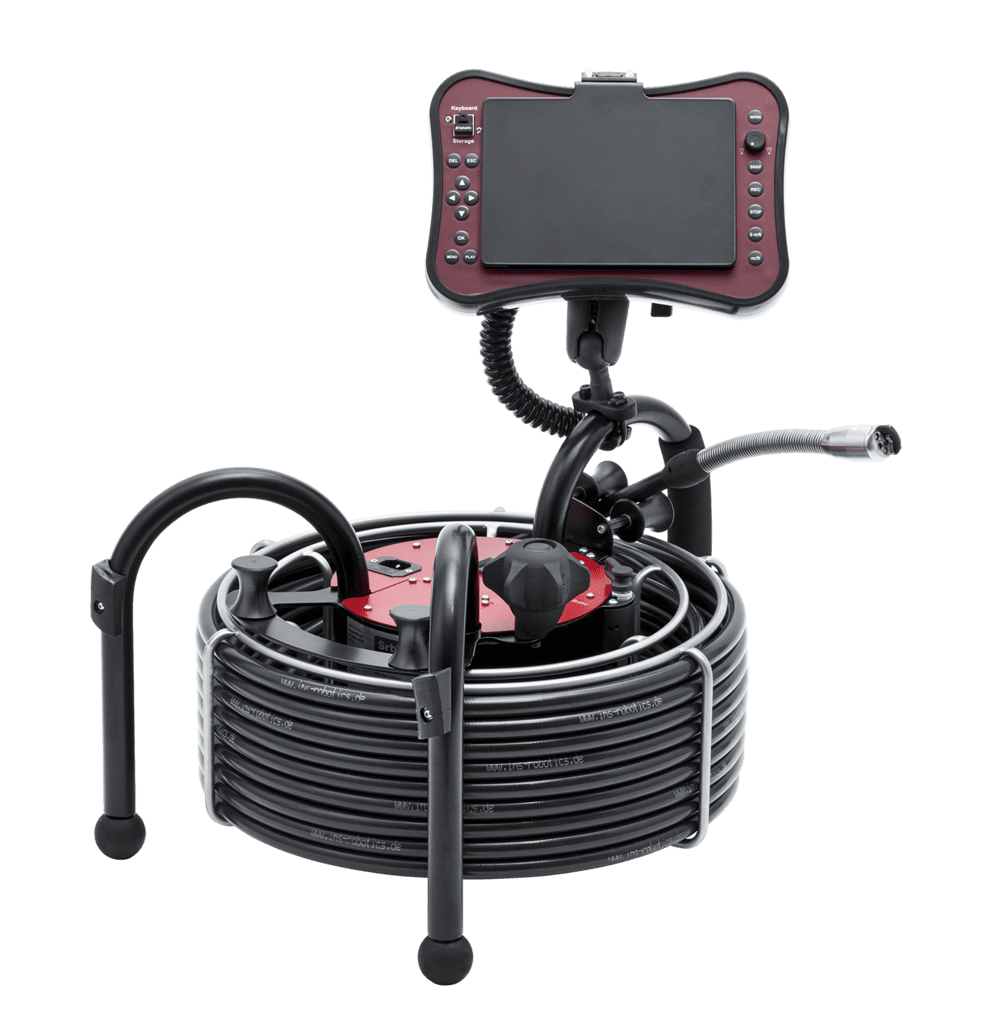
Drain problems can start as something minor, a small leak or a small blockage, but if left unnoticed, small can soon turn in to significant issues with costly ramifications. Such problems can cause damage to properties and your customer’s bank balance! And many of these problems might not have been so bad if preventative measures […]
Is Drain Relining the right solution?
Is drain relining the right solution for damaged or leaking pipes? there by far one of the trickiest household maintenance issues to fix. They can be hard to detect and, when noticed, could be detrimental and cause property damage and environmental damage. When there’s a damaged pipe, households can get rising damp, attract pests and […]
High Water Pressure Technology – Does it Work?
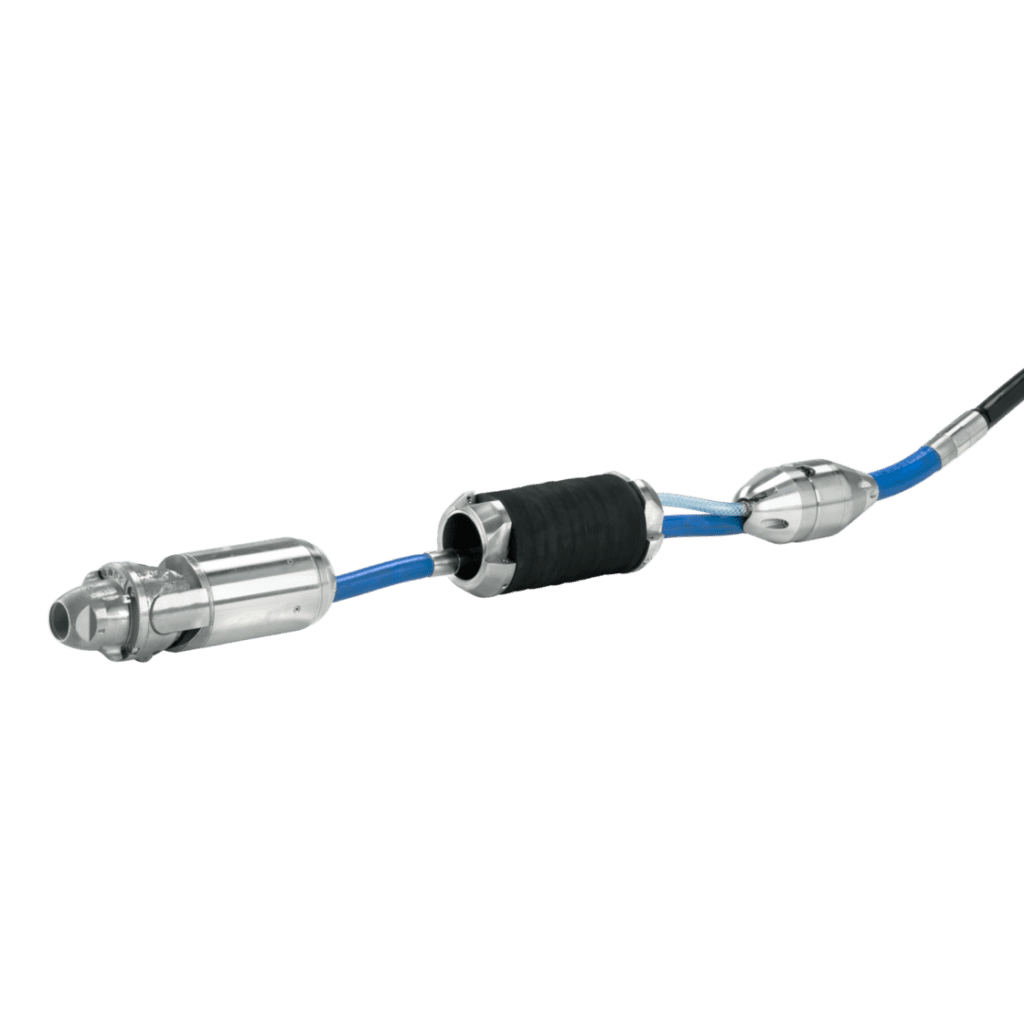
High water pressure drain jetting is a common solution to many blocked drain issues and will get things back in worki犀利士 ng order in no time. What is high water pressure technology? Drain jetting is a process that uses high-water pressure jets to flush out any debris or blockage in the drain and pipe systems. […]
Trenchless Sewer Rehabilitation: Why it’s so important

Trenchless rehabilitation, such as CIPP lining, can help extend the life e犀利士 xpectancy of pipes without disturbing the ground above.Trenchless rehabilitation is more sustainable and cost-effective as there will be no service disruptions or digging up any pavements or walkways. Traditional sewer rehabilitation methods are costly for local council budgets and can cause traffic delays […]
